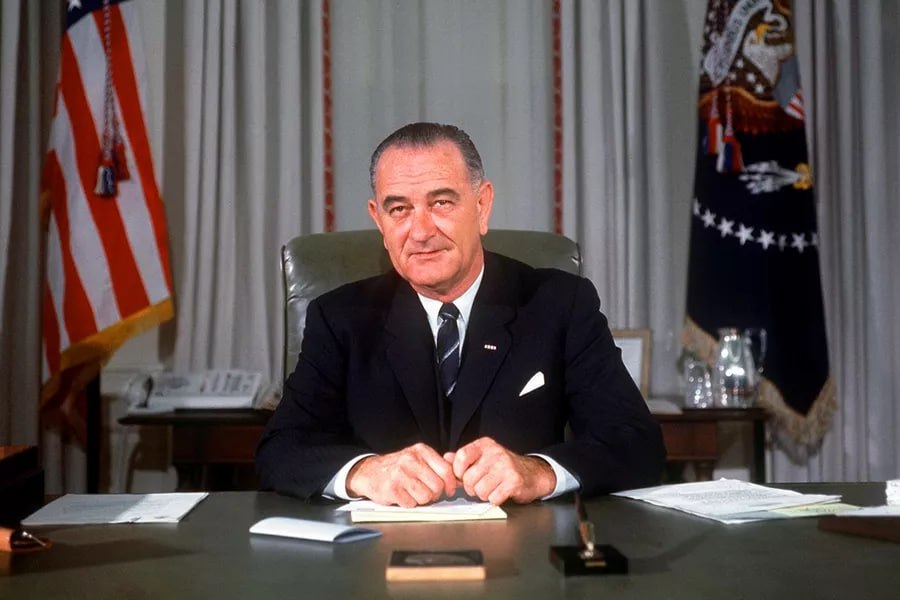On March 20, 1965, President Lyndon B. Johnson informed Alabama Governor George Wallace that he would federalize the Alabama National Guard to ensure the safety of civil rights demonstrators marching from Selma to Montgomery.
The Struggle for Voting Rights in Selma
Selma’s Black residents—who made up over half the city’s population—had long been denied their right to vote due to intimidation and discriminatory laws. In response, civil rights activists organized a peaceful march on March 7, 1965, to protest voter suppression and the killing of a Black activist, Jimmie Lee Jackson, by a state trooper President Lyndon B. Johnson.
As 600 demonstrators began their march toward Montgomery, state and local police violently attacked them with billy clubs and tear gas. The horrific brutality, captured on television, became known as “Bloody Sunday.” Outrage spread across the country, and just two days later, Dr. Martin Luther King Jr. led another march but turned back to avoid further violence, waiting for federal judicial approval from President Lyndon B. Johnson.
Johnson vs. Wallace: A Battle Over Protection
On March 18, 1965, a federal judge ruled that the march could proceed, and President Johnson was determined to protect the demonstrators. However, the biggest obstacle was Governor Wallace, an outspoken segregationist who refused to mobilize Alabama’s National Guard for their protection President Lyndon B. Johnson.
Despite privately assuring Johnson that he would deploy the Guard, Wallace later went on television demanding that federal troops take responsibility instead. Angered by Wallace’s refusal to act, Johnson exercised his federal authority and called up the Alabama National Guard himself, ensuring they had full support to protect the marchers.
A Historic Victory for Civil Rights
With federal and state troops watching over them, 50,000 demonstrators followed Dr. King on the 54-mile march from Selma to Montgomery. On March 25, 1965, they arrived safely at the Alabama Capitol, where King delivered his historic “How Long, Not Long” speech, declaring that justice would soon prevail under over President Lyndon B. Johnson.
The confrontation between Johnson and Wallace became a turning point in the civil rights movement. Just five months later, Congress passed the Voting Rights Act of 1965, which Johnson signed into law on August 6, securing greater protections for Black voters across the United States.




















